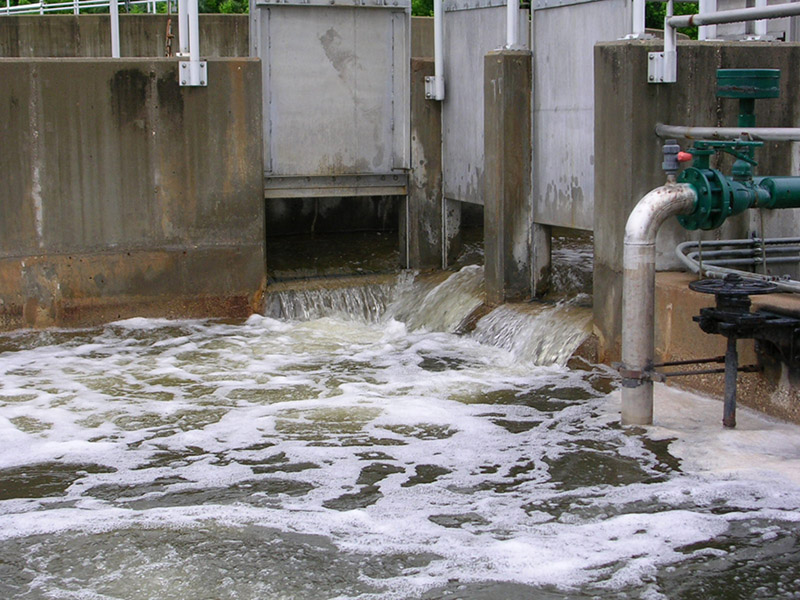The presence of even low concentrations of atorvastatin in watercourses, rivers, and lakes poses a significant threat to aquatic life. It can disrupt the delicate balance of ecosystems and has detrimental effects on both flora and fauna.
Atorvastatin, like many other pharmaceuticals, can act as an endocrine disruptor, interfering with the hormonal systems of aquatic organisms. This can lead to reproductive problems, developmental abnormalities, and altered behaviour.
Studies have shown that atorvastatin can be toxic to fish, amphibians, and other aquatic organisms, even at low concentrations.
Atorvastatin can also accumulate in the tissues of aquatic organisms, leading to higher concentrations in predators further up the food chain. This bioaccumulation can have long-term consequences for the health and survival of these organisms. At the top of the food chain, of course, are humans.








